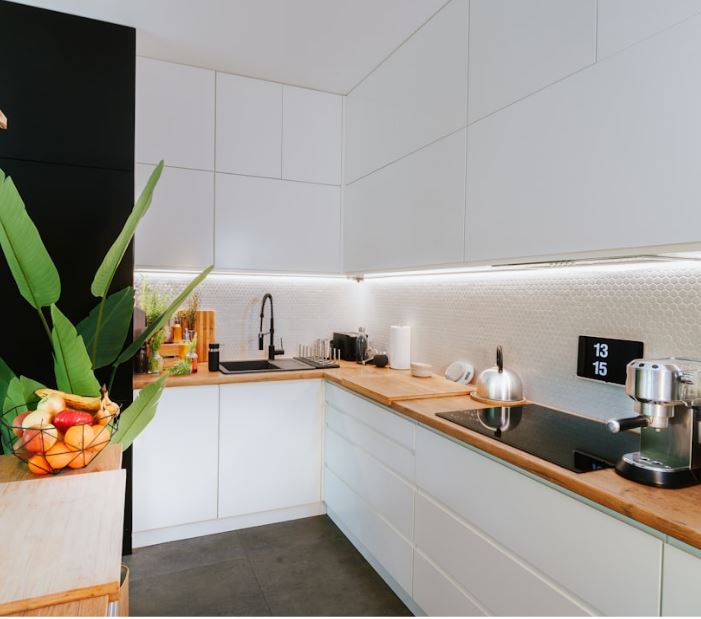What You Need to Know Before Installing a Smart Home System in Your Home

Smart home systems have revolutionized the way we live, offering convenience, security, and energy efficiency at the touch of a button. From controlling lighting and temperature to integrating advanced security features, these systems make it easier than ever to manage your home. However, installing a smart home system requires careful planning and consideration to ensure it meets your needs. Here’s what you should know before diving into the world of smart home technology.
Assess Your Needs and Goals
Before investing in a smart home system, it’s essential to evaluate what you want to achieve. Are you looking to improve security, save energy, or enhance convenience?
Understanding your priorities will help you choose the right components for your system. For instance, if security is a top concern, features like cameras, motion sensors, and automatic doors with smart home systems can provide peace of mind. Consider your household’s daily routines and how smart technology can simplify them. Whether it’s automating morning coffee brewing or controlling lights remotely, aligning your goals with the system’s capabilities ensures a seamless and satisfying experience.
Choose a Centralized Platform
A key component of any smart home system is the platform that ties all your devices together. Popular platforms like Amazon Alexa, Google Home, and Apple HomeKit allow you to control multiple devices from a single app or voice command. Selecting a centralized platform ensures compatibility and simplifies operation.
When choosing a platform, consider the devices you plan to integrate and verify that they are compatible. Sticking to a unified ecosystem reduces the risk of technical glitches and enhances the overall efficiency of your smart home.
Plan for Scalability and Future Upgrades
Smart home technology is constantly evolving, with new devices and features emerging regularly. When designing your system, think ahead to accommodate future upgrades. Choosing devices with open compatibility standards, such as Wi-Fi or Zigbee, ensures that your system can grow as new technology becomes available.
Planning for scalability also means considering wiring and power needs. Some devices may require hardwiring or specific outlets, so consulting an electrician during the installation process can prevent complications later.
Prioritize Security and Privacy
Smart home systems are convenient, but they also introduce potential vulnerabilities if not properly secured. Since these systems often rely on internet connectivity, they can be targets for hackers. Protecting your data and privacy should be a top priority.
Use strong, unique passwords for your devices and network, and enable two-factor authentication wherever possible. Regularly update the firmware for your devices to ensure they are protected against the latest security threats. Additionally, review the privacy policies of the brands you choose to ensure your personal information is handled responsibly.
Understand the Costs Involved
Installing a smart home system involves both upfront and ongoing costs. Initial expenses include purchasing devices, hiring professionals for installation, and possibly upgrading your internet connection. Some systems also require subscription fees for access to premium features or cloud storage.
Setting a budget and prioritizing must-have features can help you manage costs without compromising functionality. Starting with a few core devices and expanding over time is a practical approach that minimizes financial strain while still delivering the benefits of a smart home.
Test and Learn Your System
Once your smart home system is installed, take the time to familiarize yourself with its features and functionality. Experiment with different settings, create automated routines, and learn how to troubleshoot common issues. Most platforms offer tutorials or customer support to help you get the most out of your system.
Testing your devices ensures they operate as expected and allows you to fine-tune them for your household’s specific needs. For example, setting schedules for lighting or adjusting the sensitivity of motion sensors can improve efficiency and reduce unnecessary energy use.

A smart home system can transform the way you interact with your living space, offering unparalleled convenience, safety, and energy savings. By carefully planning your installation, prioritizing security, and selecting compatible devices, you can create a system that enhances your lifestyle while remaining flexible for future upgrades.
Whether you’re integrating advanced security features like automatic doors or simply automating daily tasks, understanding the basics of smart home technology ensures a smooth transition to a more connected and efficient home.







